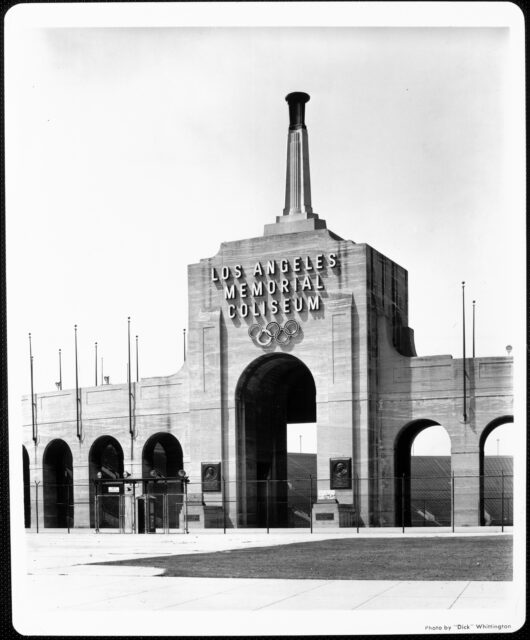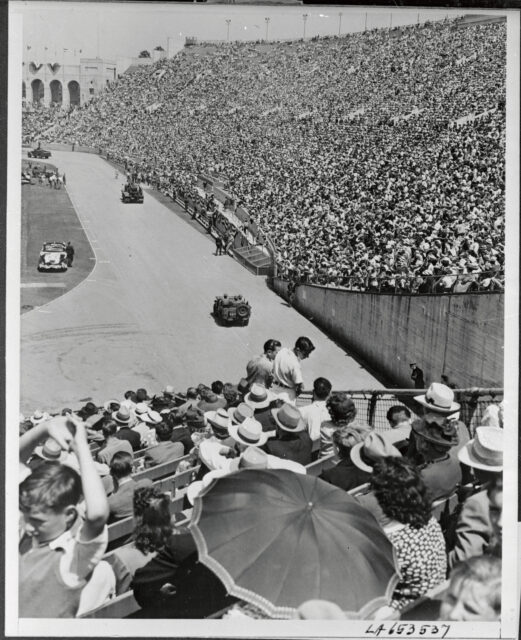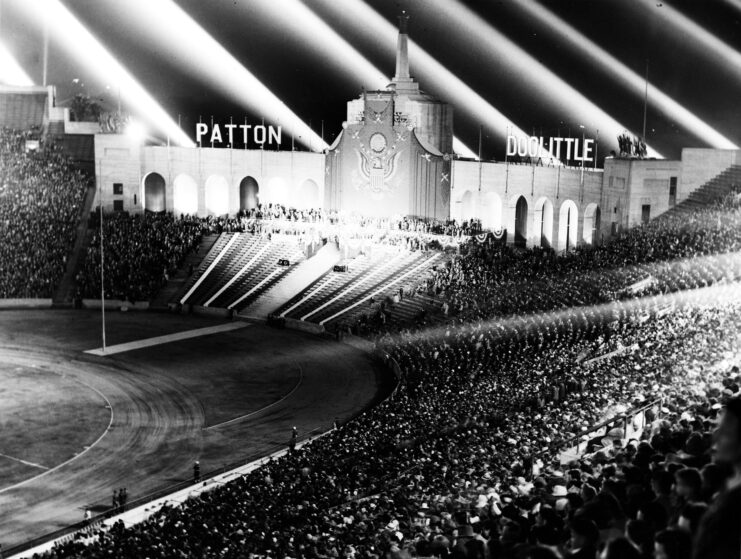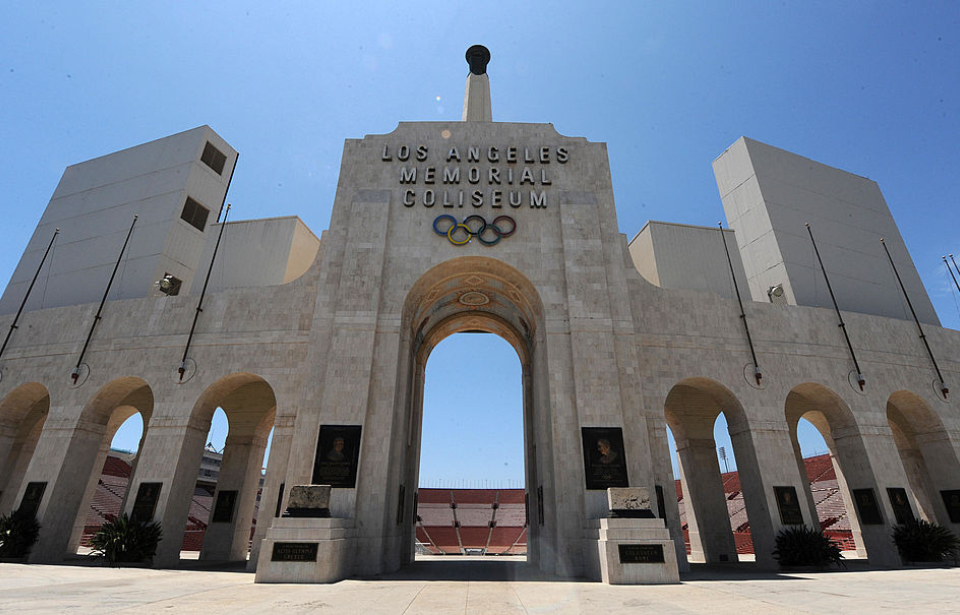As the Second World War progressed, the US government became concerned that production wasn’t as high as it should be, which directly correlated to public support for the conflict. This led President Franklin D. Roosevelt to say in his 1944 State of the Union address, “Overconfidence and complacency are among our deadliest enemies… That attitude on the part of anyone – government or management or labor – can lengthen this war. It can kill American boys.”
It was clear that, if support wavered and the country didn’t have as much of a decent advantage over the Japanese, not only would the war be drawn out, it would see the loss of more American lives. Production had increased since 1939. However, officials said these numbers could – and should – be higher. The last thing the government wanted workers to think was “the war’s in the bag, so let’s relax.”
Since the start of the conflict, shows had been produced to garner support for the war effort. Believing it was fading or that Americans were becoming complacent, the government began putting on larger spectacles. The greatest and most spectacular occurred in 1944 with the Battle of the LA Coliseum.
Organizing the 1944 Army-Navy Show

From January 8-9, 1944, the Army-Navy show occurred at the LA Coliseum. The show saw the stadium’s football field turned into a small island under Japanese control.
The venue, which had been constructed for the 1932 Summer Olympics, was designed to hold up to 100,000. The opportunity to see a mock battle between America and Japan brought in an audience of 178,513, for what’s now known as the Battle of the LA Coliseum.
Battle of the LA Coliseum

Around 150 soldiers from the 3rd Battalion, 140th Infantry Regiment, commanded by the Chiefs of Staff, attacked the heavily- defended fake island. Equipped with rifles, machine guns, grenades and artillery, they left little to the audience’s imagination.
The event was made into a larger spectacle with the help of local Hollywood studios loaning out movie sets, scenery and special effects, including explosions around the attacking Americans that simulated the Japanese returning fire. The studios also supported the show by loaning such actors as Bob Hope, Edgar Bergen, Charlie McCarthy and Frances Langford.
In addition to what was happening in the coliseum, US Army Air Forces aircraft flew over the mock battle, showing the audience the speed and sounds of close air support. As the battle waged on and day turned into night, spotlights were shone into the air, to help the spectators glimpse the aircraft that continued to fly overhead.
The American forces emerged from the Battle of the LA Coliseum victorious. Army chaplains continued the show by providing last rights to those who’d “fallen” in combat. After the engagement, the audience stood up and pledged to “devote myself wholeheartedly to the war effort” and “do all in my power to stay on the job and finish the job.”
Before everyone left, they sang “God Bless America.”
The popular spectacle goes on the road

The Battle of the LA Coliseum was so compelling that it went on the road. Its next stop, Seals Stadium in San Francisco, saw an audience of 350,000, while the one at the University of California’s Memorial Stadium saw another 210,000 attendees.
The LA Coliseum would later see other shows, including speeches by Gen. George Patton and Gen. James Doolittle in June 1945.
More from us: MoH Recipient Richard O’Kane Was the US Navy’s Most Successful Submarine Commander
While war production hadn’t fallen to detrimental levels prior to the event, it sure did rise afterward. Aircraft production rose 12 percent, while shipbuilding rose an impressive 58 percent. Even the production of combat boots rose from 605,000 pairs to 12.6 million.
It can be disputed whether or not the 1944 Army-Navy Show was the sole reason for these improvements, but it certainly helped.
